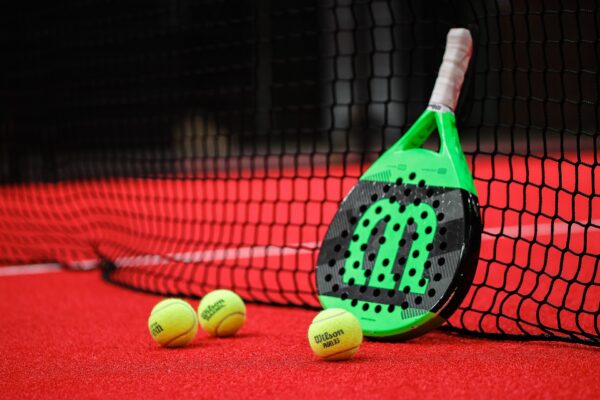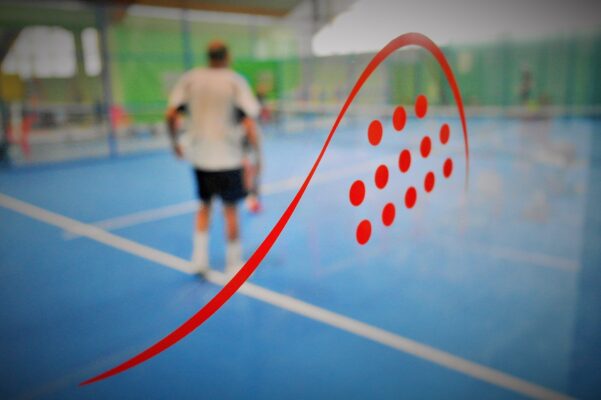What is the difference between a padel tennis ball and a tennis ball
The first time I went down to our neighborhood padel court, I had no idea what I was doing. Padel rackets and balls were provided for the beginner’s group, which I participated in. Padel is played with tennis balls, and I asked if that was the case. No, that was the answer. As soon as I got back to my apartment, I immediately went to Google to see any differences.
Padel vs. tennis ball: What’s the difference? Tennis balls and padel balls essentially differ only in their internal pressure when they are first used. Fresh tennis balls have a pressure of 14 psi, while new padel balls have a force of 11 psi. Each one is crafted by the same companies, using the same materials and proportions.
More Similarities Than Differences
Tennis and padel balls have a lot in common, which is why a comparison between the two is a good place to start. The ITF sets the rules for tournament-legal tennis balls, whereas the WPT sets the rules for tournament-legal padel balls.
Tennis and padel balls are made in the same factory by the major racquet sports manufacturers. As a result, both tennis balls and padel balls are made from the same core and outer layer of materials. Both the tennis and padel balls employ the same foundation components; therefore, their weights are the same.
When there is a discrepancy, it’s because of the balls’ internal pressure. Tennis balls have a maximum pressure of 14 psi, while padel balls have a maximum pressure of 11 psi. The tennis ball’s diameter increases slightly due to the increased pressure on it.
A fresh tennis ball bounces an inch higher in the official bounce test due to the added pressure. But the minimum bounce height required to be designated flat is the same for tennis and padel balls.
There is a good chance that tennis balls that fail the bounce test because they lack sufficient pressure may be labeled and sold as padel balls, especially if prominent sports merchants offer them off-brand. It would greatly reduce the manufacturer’s costs if this were implemented.
To tell the difference between padel and tennis balls, you’ll need more than a trained eye.

Diameter
A tennis official ball diameter must be between 6.54cm and 6.86cm. A padel ball’s diameter should be between 6.35cm and 6.77cm.
The increased diameter of a tennis ball is proportional to being pumped to a higher pressure when new.
Weight
The weight of a standard tennis ball must fall within the range of 56.0 grams to 59.4 grams. Ideally, a padel ball should weigh between 56.0 and 59.4 g.
As you can see, the weight of a padel ball and a tennis ball is the same.
Internal Pressure
When the seal on the canister is broken during tournament play, the ITF requires fresh tennis balls to have an internal pressure of 14 psi (8.165kg per 2.54 square cm).
Tennis balls are unusual because they don’t have a minimum pressure requirement. Only in terms of the bounce test does this restriction apply. Temperature, atmospheric pressure, and court altitude are likely factors in this.
The internal pressure of between 10 and 11 pounds per square inch is required for the ball (4.6 Kg and 5.2 Kg per 2.54 square cm).
Bounce Height Test
When dropped from a height of 254cm, a “tournament legal” tennis ball must bounce between 135cm and 147cm.
When dropped from a height of 254cm, the “tournament legal” padel ball must bounce between 135cm and 145cm.

The Special High Altitude Padel Ball
When playing padel on a court at 500m or more above sea level, You should use a “high altitude” ball. The high-altitude padel ball is the same weight and diameter as a regular padel ball. When dropped from a height of 254cm, the bounce height of a high altitude padel ball is limited to between 121.92cm and 135cm.
To accommodate for the more than 2000m altitudes, a customized padel ball has to be designed for the 2019 World Padel Tour competition in Mexico City. Despite this, several players battled with the extra bounce at such a high altitude.
Can Tennis Balls Be Used On A Padel Court?
I’m sure padel purists would scoff at the idea. Tennis balls are far too bouncy to be used on a padel court right out of the can. However, my investigation for this topic has revealed that if you have some tennis balls lying around that are a bit worn but still have some bounce, by all means, use them for a casual game if that is all you have.
The same is true, in my opinion, for general practice. If you’re transitioning from tennis to padel, it might surely give a basket of old tennis balls new life. That way, you can keep your sealed cans of tournament-ready padel balls for when you need them.

Hi there! My name is James Carter (Jimbob to my opponents) and I’m a passionate padel tennis enthusiast. Welcome to my site, Padel Tennis Hub.
My love for padel tennis began in 2015 after playing for the first time in Murcia, Spain. Since then, I have been hooked on this exciting sport and have dedicated myself to learning as much as I can about it.
Through my website, I aim to share my knowledge and experience of padel tennis with fellow enthusiasts. Whether you’re a seasoned player or just starting out, I hope to provide useful information, tips, and tricks that will help you improve your game and enjoy this amazing sport to the fullest.
